(Reading, Writing, and Rich-matic)
by Oliver DeMille
 “When am I ever going to use this math in real life?” the student asks.
“When am I ever going to use this math in real life?” the student asks.
The teacher hems and haws, and when the bell rings the whole class leaves with a sense of frustration about math.
We’ve all been there. Or, if you didn’t experience this in school, you are a rare person indeed.
The problem with most math instruction today is that it struggles to help the student really connect with the topic.
Regardless of what most math teachers say in class, many students still think that they’ll seldom use much of what they learn in math courses during their daily lives. This makes it hard for most kids and youth to get passionately excited about a deeper study of numerical functions, equations, algorithms, or polyhedrons.
Get Excited About Mathematicians
There are three really effective ways around this widespread dilemma. The first is to help students learn about mathematicians—their lives, stories, and why they tackled important math challenges in the first place.
This one approach has a direct, effective influence on nearly every student’s level of interest in studying math.
Money and Candy
The second technique is to help students really connect with mathematics by tying them directly to finances and money. For example, mastering board games like Monopoly and Cashflow is a good start.
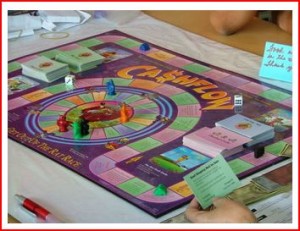 Students who run a small business or for whatever reason learn to effectively use a spreadsheet or other financial software like Quickbooks, typically do much better in math. They naturally and immediately see a direct correlation between numbers, math and their life.
Students who run a small business or for whatever reason learn to effectively use a spreadsheet or other financial software like Quickbooks, typically do much better in math. They naturally and immediately see a direct correlation between numbers, math and their life.
Amanda van der Gulik, a homeschooling mother who teaches that helping kids become financially literate is as important as the Three R’s, said, “One of the most important ways to approach your children about money is to come up with a collective goal, such as a trip or a Wii system for the whole family… Kids feel so bonded when they see their parents treating them as an equal.”[i]
And as they take on financial literacy, they naturally form a connection with math.
One of the most effective ways of learning additional math, once the student feels connected and interested, is to log on and study at Khan Academy, a school which wants to provide “a free world-class education for anyone, anywhere.”[ii] Students can ask simple questions, intermediate or advanced, and the explanations are clear and simple for almost everyone.
A number of public, private and home schools are using the Khan Academy resources to learn math. They work much more effectively for students who are truly interested in and excited about learning math.
 Example
Example
The third technique is for parents to set the example. What math studies have you done in the past month? Have your kids witnessed your math learning?
Nothing tells them that they’ll use math in real life as quickly and effectively as simply seeing you actually do it. When they witness this, the case is closed. They know math matters, and they naturally begin to look forward to learning more of it.
This is real, and it works. Those who don’t think this is effective usually haven’t set a great example themselves. They’ve typically done what most adults do—tell the student he or she must learn math, without setting an example of doing the same and without helping the young person really connect with and get passionately excited about math. This is the wrong message.
In contrast, these three techniques work!
The Three
- Help your students learn stories of mathematicians. A good place to begin is by reading Mathematicians Are People Too in your own personal readings (or aloud to your kids). If you’ve already read it, try Archimedes: The Father of Mathematics by Heather Hasan (or if you’ve studied advanced math yourself, read The Road to Reality by Roger Penrose).
- Connect math with finances—which can be done in a number of fun and interesting ways, from games to entrepreneurship.The connection between finances and real life has two added benefits: it not only helps kids and youth get more excited about numbers and mathematical functions, it also teaches them a vital skill (financial literacy) and gives them a leadership-entrepreneurial mindset.
Both strongly support leadership education in youth—and for their parents and teachers. This turns the Three R’s into Reading, Writing, and Rich-matic. - Set the example by openly and consistently studying and using math in your home. If you don’t know where to start, try studying finances and math biographies yourself!
Math can be really fun when you apply these three techniques and stick with them. They change the whole dialogue:
“Mom, when will I get to study math like you do?”
“Actually, son you already are. The Cashflow and Monopoly games use a lot of beginning math, and when you want to study more math, just tell me! I’m so excited to help you. For example, just two days ago I learned…”
This is math education cubed! And it’s so much more fun than the traditional, conveyor belt approach. I mean, you can do the old way, if you really want to…
But why would you? Math can be so much fun! And when it becomes truly fun for you, it will naturally rub off on your kids. These three techniques are so simple!
Check out our Math Resources >>
[i] See Kelly Putter, “Reading, writing, and … money,” Costco Connection, August 2013, p. 41.
[ii] Irene Middleman Thomas, “Sal Khan is a can-do guy,” The Costco Connection, August 2013, pp. 30-33.
****************
 Oliver DeMille is the co-founder of the Center for Social Leadership, and a co-creator of TJEd. He is the NY Times Bestselling co-author of LeaderShift, and author of A Thomas Jefferson Education: Teaching a Generation of Leaders for the 21st Century, The Coming Aristocracy: Education & the Future of Freedom, and FreedomShift: 3 Choices to Reclaim America’s Destiny.
Oliver DeMille is the co-founder of the Center for Social Leadership, and a co-creator of TJEd. He is the NY Times Bestselling co-author of LeaderShift, and author of A Thomas Jefferson Education: Teaching a Generation of Leaders for the 21st Century, The Coming Aristocracy: Education & the Future of Freedom, and FreedomShift: 3 Choices to Reclaim America’s Destiny.
Oliver is dedicated to promoting freedom through Leadership Education. He and his wife Rachel are raising their eight children in Cedar City, Utah.



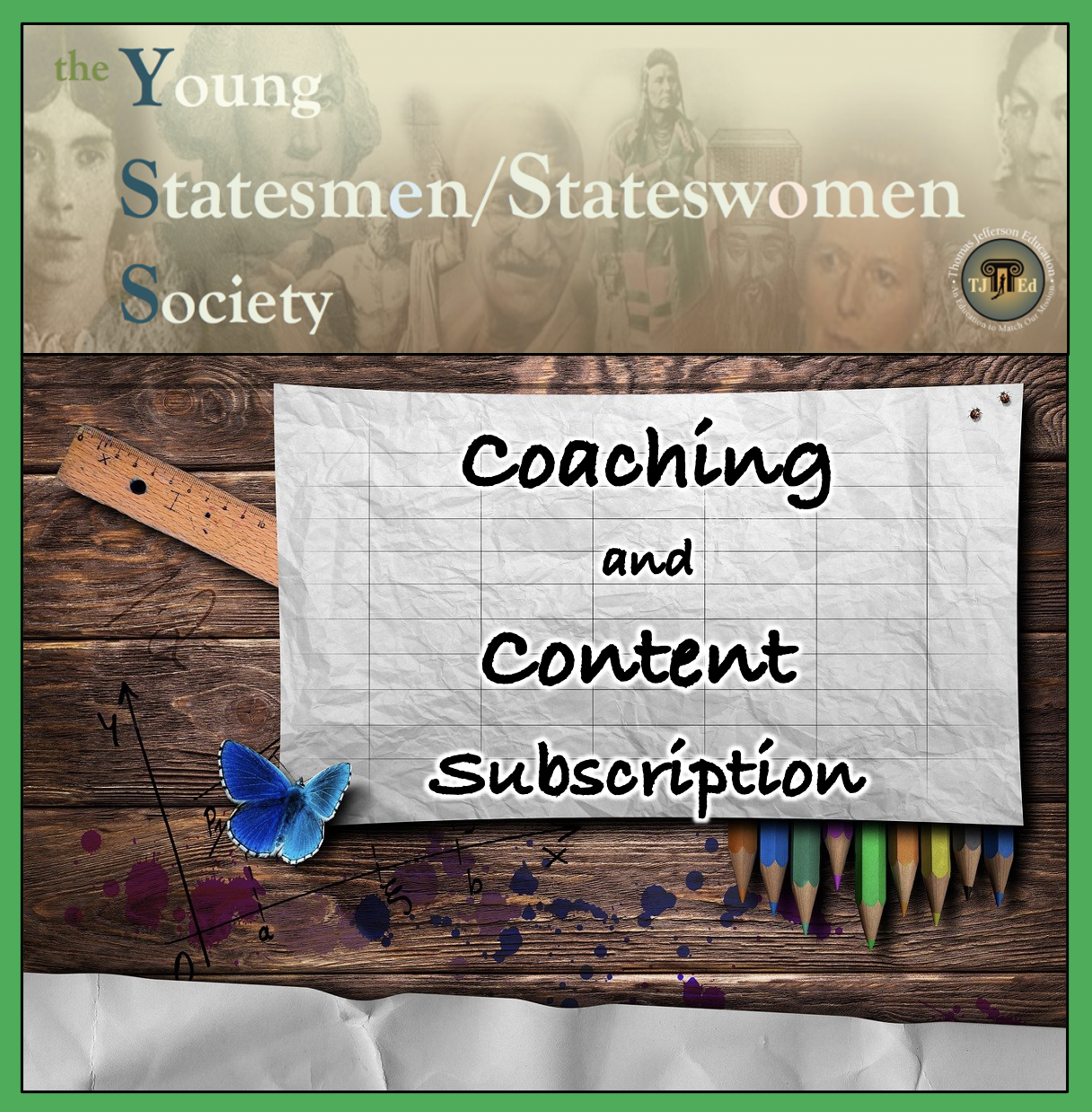
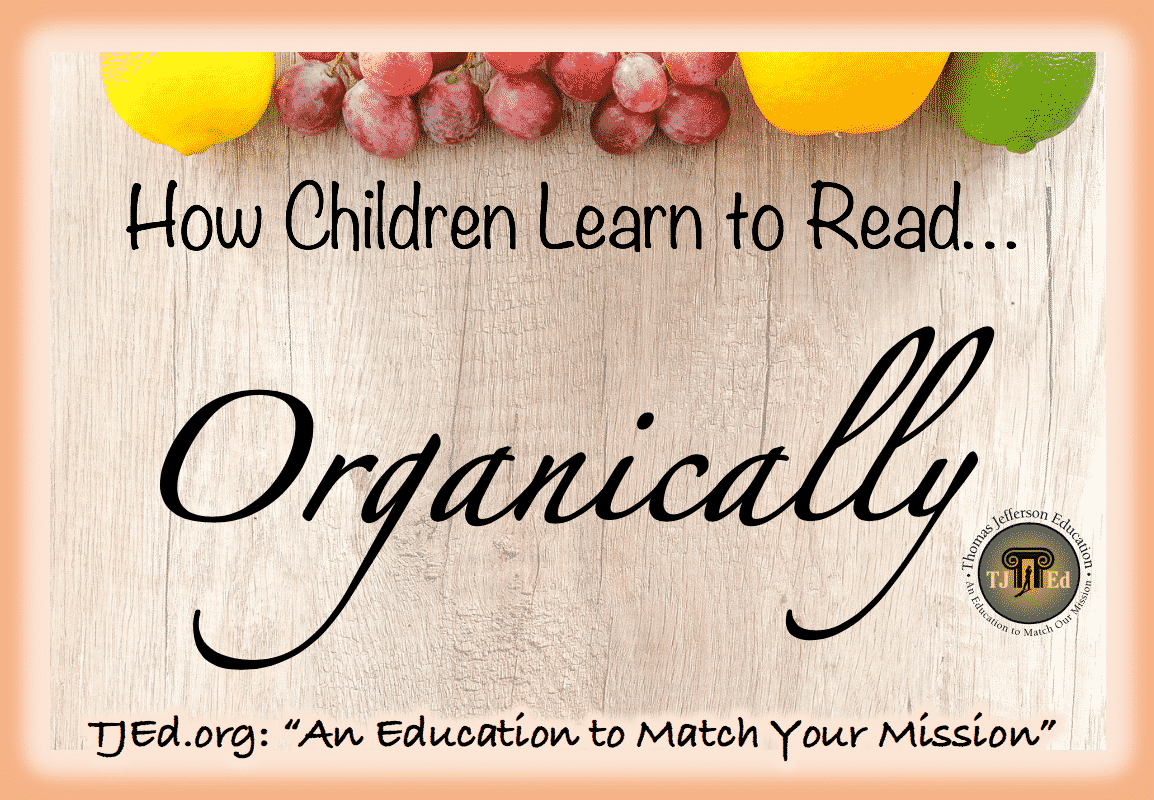

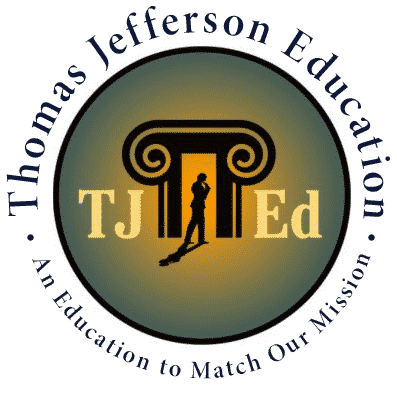


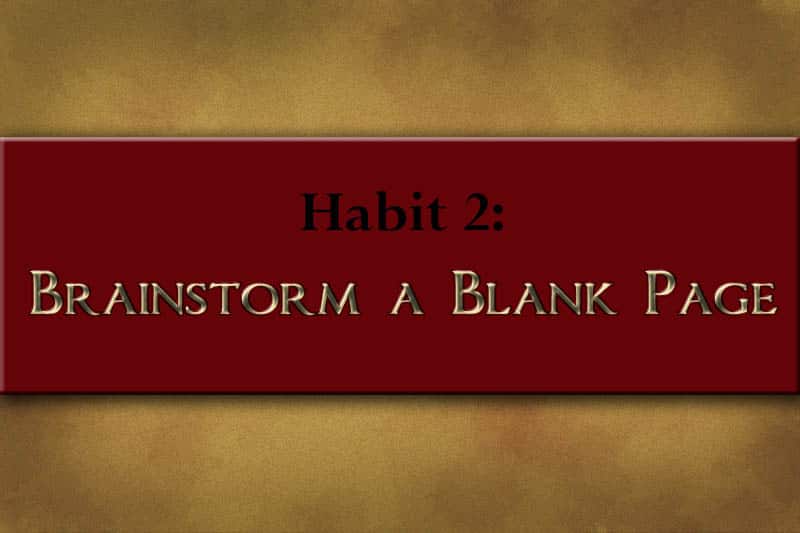


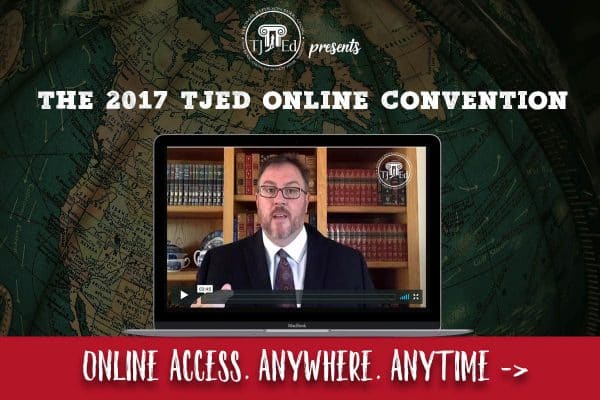

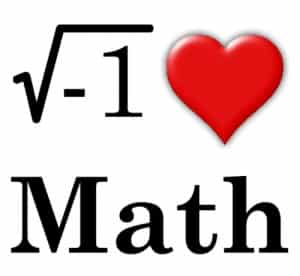


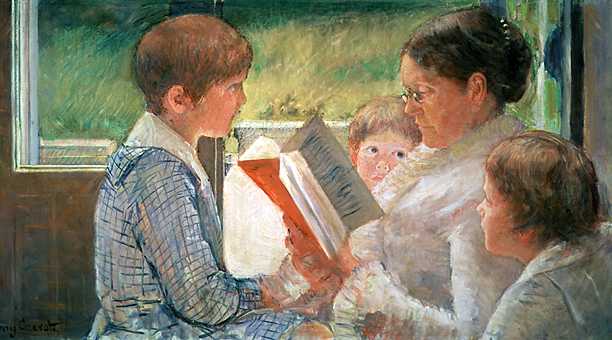

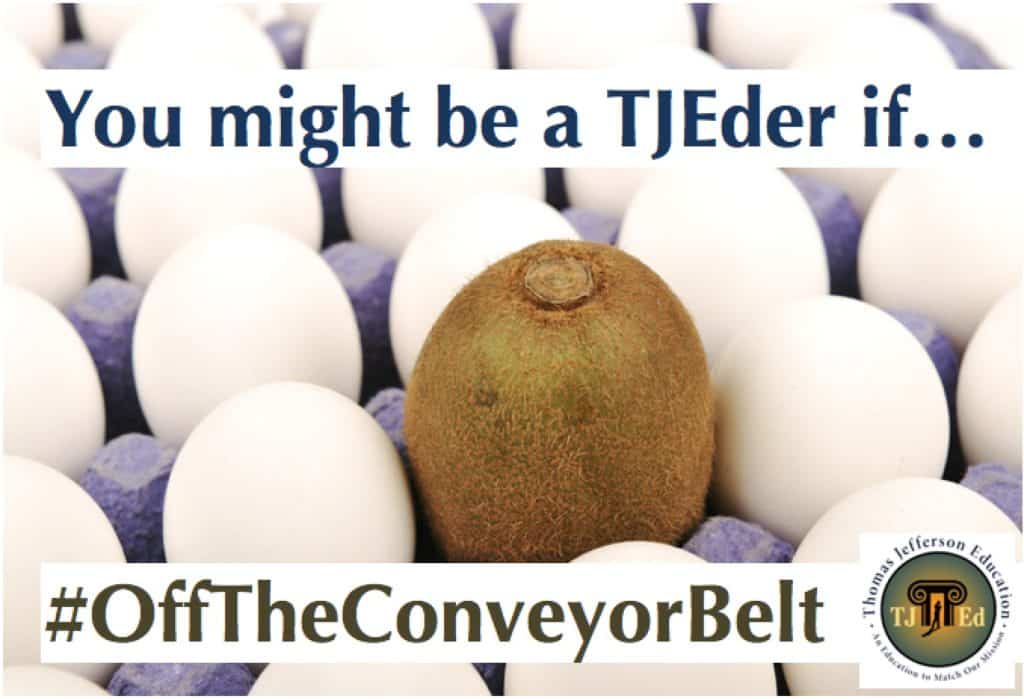


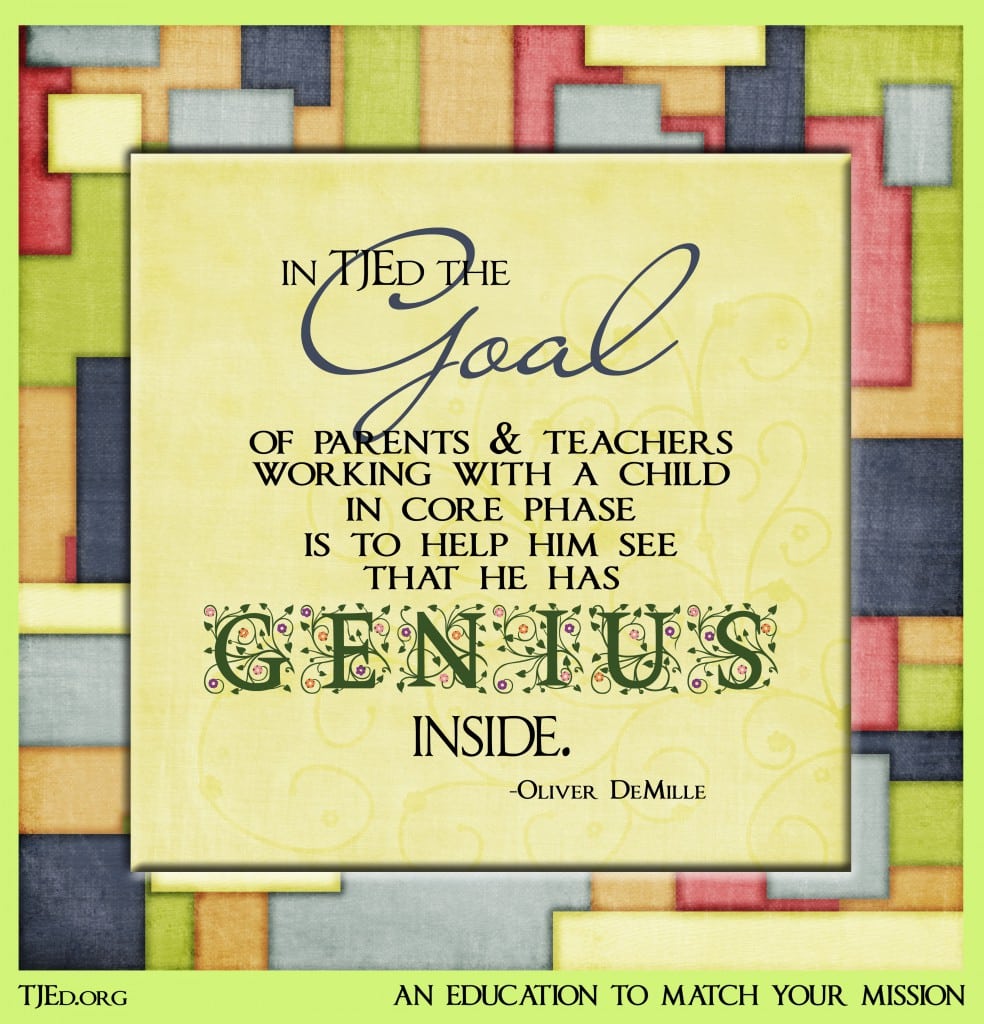



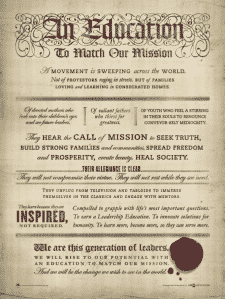



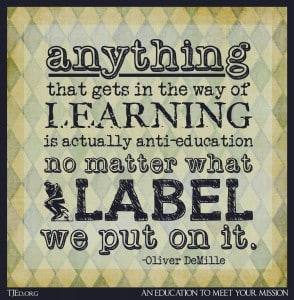
Great ideas! I’m currently reading a very inspiring math book. /In Code/ was written by Sarah Flannery who won awards for her advances in cryptography as a youth. In the book, she describes how she learning math and thinking skills by solving math puzzles regularly with her family, under their father’s direction. I think this is a fantastic way to learn math and could be easily incorporated into home education. I also recently read in Plato’s Republic where Socrates said that math is fine for commercial uses (finances), but is rarely used for it’s main purpose: “to draw the soul toward being”. Math puzzles sounds like the perfect exercise of that, i think! 🙂
Just wanted to give high praise to one of the resources you listed, Life of Fred by Stanley F. Schmidt, Ph.D. You know a math textbook is going to be different when the dedication page says: for Goodness’ sake or as J.S.Bach- who was never noted for his plain English expressed it: Ad Majorem Dei Gloriam (to the greater glory of God). Little Fred in the story line needs to use all the math students learn as he encounters the need for it in his very strange life. These books are pure genius in how they integrate math and all kinds of interesting subjects. My kids have never talked more about Math (and Fred) as they have since we started this series 4 months ago. They even took in on vacation to do during the long rides and when they had down time. I am enjoying learning right along with them. The kids are really challenged to think through things on there own. If your kids are tired of drill and kill and want to know the why of Math you should think about giving this a try.
Oliver & Rachel
Great article, thank you. Have either of you read “A Mathematicians Lament”? It is excellent.
Yes, Martha! In fact, it’s one of the resources we recommend in the article linked at the foot of the post. Fun stuff!